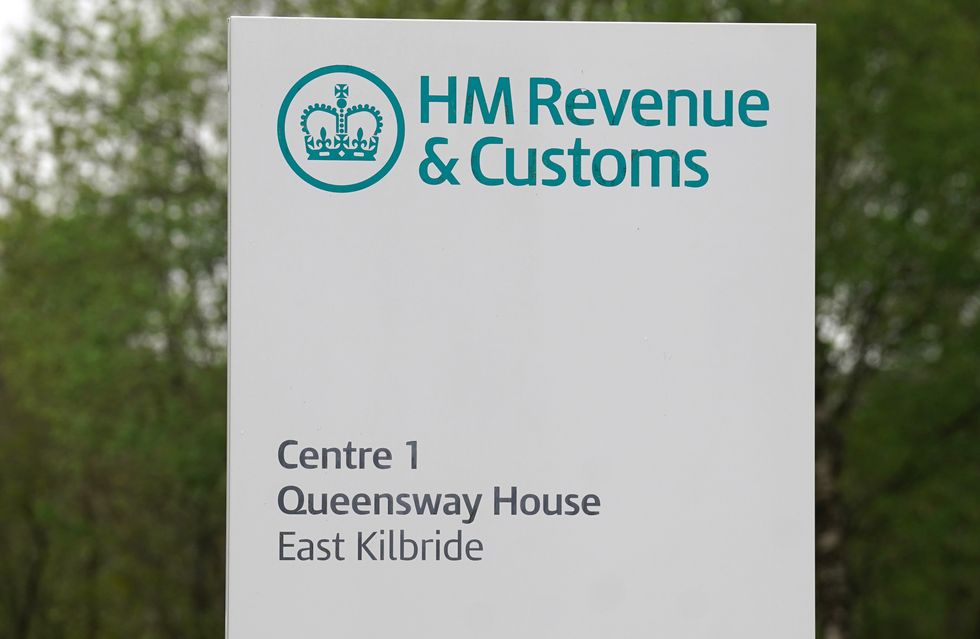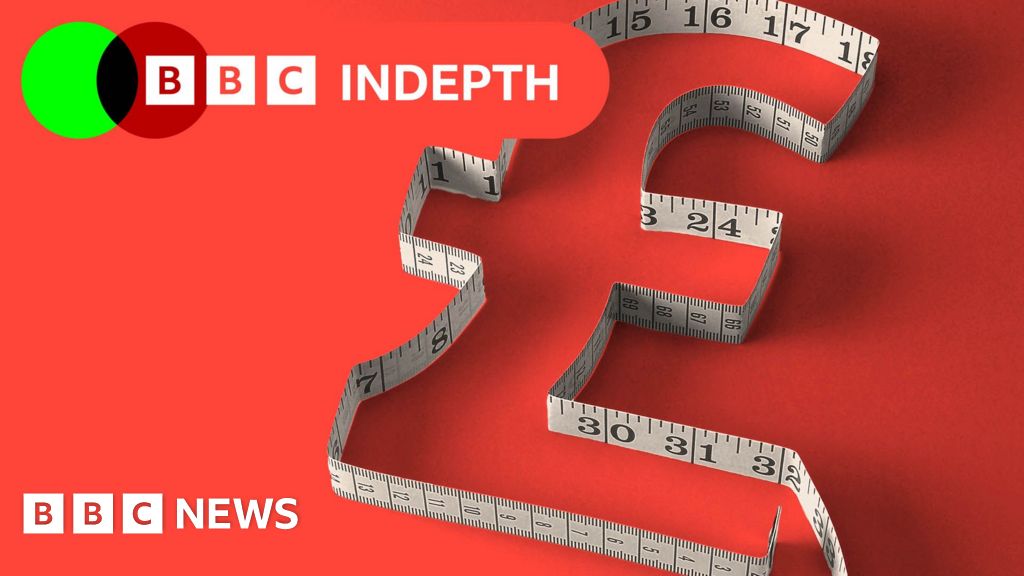How to check your tax code is right - does HMRC owe you hundreds of pounds?
With the New Year fast approaching, this week may provide an opportunity for some to review their finances and check everything is in order.Checking one's tax code is correct could be a worthwhile task, with some people on the wrong code having discovered HM Revenue and Customs (HMRC) owed them hundreds of pounds.The most common tax code is 1257L for people who have one job or pension. It signifies a person is entitled to the standard tax-free allowance of £12,570.However, there are all sorts of reasons why someone may have a different tax code on their payslip.How to check your tax codeThere are several ways to find a person's tax code. This can be done by looking at:A person's payslipThe HMRC appA ‘Tax Code Notice’ letter from HMRC if they get oneHMRC's "Check your Income Tax for the current year" tool onlineHMRC tells an employer or pension provider which tax code to use, and the code is then used to work out how much income tax to take from pay or pension income.HMRC has launched an online "tax code checker" which lets people see what their tax code likely should be.Users need to clarify where they live - be it England or Northern Ireland, Wales or Scotland, via this tool.They then need to answer a series of questions about things such as their tax code, company benefits and their income.What do the numbers and letters in a tax code mean?The number in a tax code tells an employer or pension provider how much tax-free income the person gets in that specific tax year.HMRC will work out a person's individual number, based on their tax-free personal allowance and income they haven't paid tax on (such as untaxed interest or part-time earnings). They also consider the value of any company benefits, such as a company car.The letters in the tax code refer to the person's situation and how it affects their personal allowance.For instance, L means a person is entitled to the standard tax-free personal allowance, while T signifies the tax code includes other calculations to work out the personal allowance.M and N are linked to the marriage allowance. M means a person has received a transfer of 10 per cent of their partner's personal allowance, while N means a person has transferred 10 per cent of their personal allowance to their spouse or civil partner.LATEST DEVELOPMENTS:HMRC reminds workers how to claim £125 tax refund – are you eligible?Britons could boost their savings pot by £1,400 a year thanks to ‘very simple’ hackNational Insurance to be cut in 2024 but you could still be taxed extra £4,000How to update a tax codeHMRC will usually automatically update a tax code when a person’s income changes, with this information being sent by the employer.If HMRC has been sent the wrong information, people could end up with an incorrect tax code.To correct the tax code, people must make sure HMRC has up-to-date details about their income.If a person thinks their tax code is wrong, they can log into the “check your income tax” online tool and update employment details, and/or tell HMRC about a change in income that could have affected the tax code.Alternatively, people can contact HMRC online, by post, or by phone. If a person has paid too much or too little tax after HMRC has updated the tax code, they will send a P800 tax calculation letter and a Simple Assessment letter.


With the New Year fast approaching, this week may provide an opportunity for some to review their finances and check everything is in order.
Checking one's tax code is correct could be a worthwhile task, with some people on the wrong code having discovered HM Revenue and Customs (HMRC) owed them hundreds of pounds.
The most common tax code is 1257L for people who have one job or pension. It signifies a person is entitled to the standard tax-free allowance of £12,570.
However, there are all sorts of reasons why someone may have a different tax code on their payslip.

How to check your tax code
There are several ways to find a person's tax code. This can be done by looking at:
- A person's payslip
- The HMRC app
- A ‘Tax Code Notice’ letter from HMRC if they get one
- HMRC's "Check your Income Tax for the current year" tool online
HMRC tells an employer or pension provider which tax code to use, and the code is then used to work out how much income tax to take from pay or pension income.
HMRC has launched an online "tax code checker" which lets people see what their tax code likely should be.
Users need to clarify where they live - be it England or Northern Ireland, Wales or Scotland, via this tool.
They then need to answer a series of questions about things such as their tax code, company benefits and their income.
What do the numbers and letters in a tax code mean?
The number in a tax code tells an employer or pension provider how much tax-free income the person gets in that specific tax year.
HMRC will work out a person's individual number, based on their tax-free personal allowance and income they haven't paid tax on (such as untaxed interest or part-time earnings). They also consider the value of any company benefits, such as a company car.
The letters in the tax code refer to the person's situation and how it affects their personal allowance.
For instance, L means a person is entitled to the standard tax-free personal allowance, while T signifies the tax code includes other calculations to work out the personal allowance.
M and N are linked to the marriage allowance. M means a person has received a transfer of 10 per cent of their partner's personal allowance, while N means a person has transferred 10 per cent of their personal allowance to their spouse or civil partner.
LATEST DEVELOPMENTS:
- HMRC reminds workers how to claim £125 tax refund – are you eligible?
- Britons could boost their savings pot by £1,400 a year thanks to ‘very simple’ hack
- National Insurance to be cut in 2024 but you could still be taxed extra £4,000
How to update a tax code
HMRC will usually automatically update a tax code when a person’s income changes, with this information being sent by the employer.
If HMRC has been sent the wrong information, people could end up with an incorrect tax code.
To correct the tax code, people must make sure HMRC has up-to-date details about their income.
If a person thinks their tax code is wrong, they can log into the “check your income tax” online tool and update employment details, and/or tell HMRC about a change in income that could have affected the tax code.
Alternatively, people can contact HMRC online, by post, or by phone.
If a person has paid too much or too little tax after HMRC has updated the tax code, they will send a P800 tax calculation letter and a Simple Assessment letter.






































